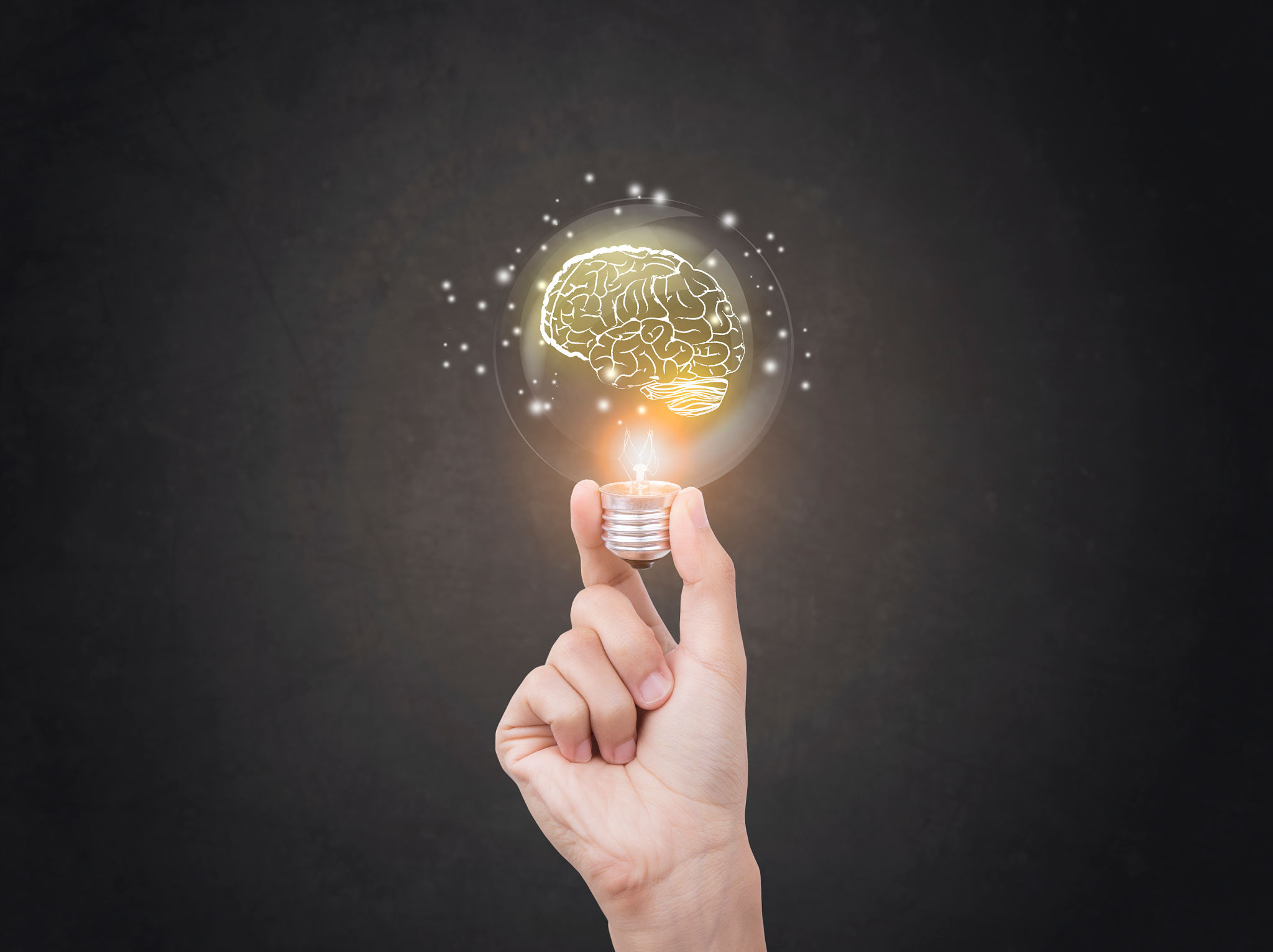Understanding Memory Triggers: How Photos and Stories Help Dementia Patients
Understanding Memory Triggers
Dementia affects millions of people worldwide, and while there is no cure, various therapies and strategies can help manage the symptoms and improve the quality of life for patients. One such strategy involves using memory triggers, like photos and stories, to stimulate recall and provide comfort. Understanding how these triggers work is essential for caregivers and family members striving to support loved ones with dementia.

The Power of Photographs
Photographs hold a unique power in their ability to capture moments frozen in time. For individuals with dementia, looking at familiar images can stir deep-seated memories that might otherwise remain inaccessible. Photos of loved ones, cherished places, or significant life events often serve as keys that unlock a treasure trove of memories, providing not only a sense of recognition but also emotional comfort.
When caregivers incorporate photographs into therapy sessions or daily routines, they often observe increased engagement from patients. A simple image can spark conversations and stories that bring joy to both the patient and their family. This makes photographs a vital tool in dementia care.
Storytelling as a Memory Aid
Stories have been used for centuries to pass down knowledge and preserve history. For dementia patients, storytelling can be a powerful memory aid. Sharing stories about past experiences or listening to tales from others can help patients connect with their personal histories and affirm their identities.

Encouraging dementia patients to tell their stories can improve cognitive function by engaging different parts of the brain. It also provides an opportunity for families to bond and learn more about their loved one's past. Storytelling sessions can be informal, taking place during family gatherings, or structured as part of a therapeutic program.
Creating Memory Books
A practical way to combine photographs and storytelling is by creating memory books. These personalized albums can include photos, captions, and short narratives that reflect the patient's life journey. Memory books serve as tangible reminders of positive experiences and achievements, offering a sense of continuity and reassurance.

Family members can involve the patient in the creation process, selecting photos together and discussing the stories behind them. This activity not only aids in memory recall but also strengthens familial bonds and provides a creative outlet for expression.
The Role of Sensory Triggers
While photos and stories are crucial, other sensory triggers can also aid memory recall. Familiar scents, sounds, and even tastes can evoke memories and emotions. For example, the smell of a particular perfume or the sound of a favorite song can transport dementia patients to another time and place.
Incorporating a variety of sensory stimuli into care plans can enhance their effectiveness. Caregivers should observe which types of triggers elicit the strongest responses from patients and integrate these into regular activities.
Benefits Beyond Memory
Using photos and stories as memory triggers does more than just stimulate recall; it also enhances emotional well-being. Patients often experience reduced anxiety and improved mood when engaging with familiar images and narratives. This positive change can lead to better overall health outcomes.

Caregivers, too, benefit from these interactions. Watching a loved one engage with their past can be deeply rewarding, providing moments of connection that are treasured by both parties.
Final Thoughts
Understanding memory triggers like photos and stories is vital in supporting dementia patients. These tools offer more than just fleeting glimpses into the past; they provide comfort, foster connections, and improve quality of life. By incorporating memory triggers into caregiving routines, families and caregivers can make a significant difference in the lives of those living with dementia.